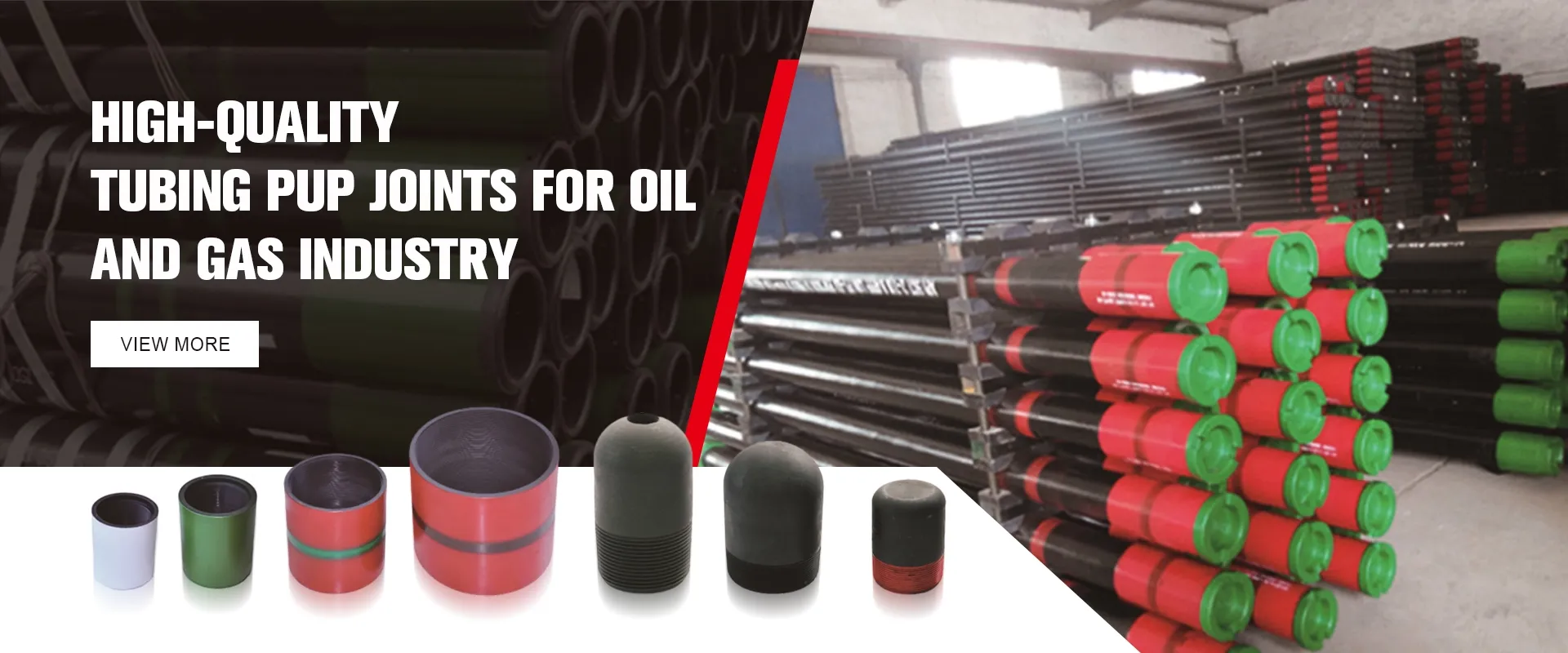- Afrikaans
- Albanian
- Amharic
- Arabic
- Armenian
- Azerbaijani
- Basque
- Belarusian
- Bengali
- Bosnian
- Bulgarian
- Catalan
- Cebuano
- Corsican
- Croatian
- Czech
- Danish
- Dutch
- English
- Esperanto
- Estonian
- Finnish
- French
- Frisian
- Galician
- Georgian
- German
- Greek
- Gujarati
- Haitian Creole
- hausa
- hawaiian
- Hebrew
- Hindi
- Miao
- Hungarian
- Icelandic
- igbo
- Indonesian
- irish
- Italian
- Japanese
- Javanese
- Kannada
- kazakh
- Khmer
- Rwandese
- Korean
- Kurdish
- Kyrgyz
- Lao
- Latin
- Latvian
- Lithuanian
- Luxembourgish
- Macedonian
- Malgashi
- Malay
- Malayalam
- Maltese
- Maori
- Marathi
- Mongolian
- Myanmar
- Nepali
- Norwegian
- Norwegian
- Occitan
- Pashto
- Persian
- Polish
- Portuguese
- Punjabi
- Romanian
- Russian
- Samoan
- Scottish Gaelic
- Serbian
- Sesotho
- Shona
- Sindhi
- Sinhala
- Slovak
- Slovenian
- Somali
- Spanish
- Sundanese
- Swahili
- Swedish
- Tagalog
- Tajik
- Tamil
- Tatar
- Telugu
- Thai
- Turkish
- Turkmen
- Ukrainian
- Urdu
- Uighur
- Uzbek
- Vietnamese
- Welsh
- Bantu
- Yiddish
- Yoruba
- Zulu
Comparing Bull Plugs and Hex Plugs for Your Next Project
Bull Plug vs. Hex Plug Choosing the Right Option for Your Application
When it comes to fluid and gas systems, the choice of fittings can significantly impact performance, maintenance, and overall efficiency. Among the various options available, bull plugs and hex plugs are two common types. Though they both serve the basic function of sealing off openings, they have distinct features, advantages, and specific applications. Understanding the differences can help professionals make an informed decision based on their particular needs.
What are Bull Plugs?
Bull plugs, also known as rounded or domed plugs, are typically characterized by their curved or hemispherical shape. They are designed to fit snugly into the openings of pipes, valves, or other equipment to prevent leakage and maintain system integrity. Bull plugs come in various sizes and materials, including metals like stainless steel, brass, and plastic options for less demanding applications.
One of the key advantages of bull plugs is their ease of installation. Since they often require little more than a push to seal, they are quick to use and can significantly reduce downtime during maintenance. Additionally, their rounded design helps to distribute pressure evenly, mitigating the risk of damaging the plug or the surrounding fittings.
Bull plugs are commonly used in various industrial applications, particularly where quick sealing is crucial, such as in pneumatic systems, plumbing, and hydraulic applications. However, they may not always handle high-pressure situations as effectively as other types of plugs.
What are Hex Plugs?
Hex plugs, on the other hand, are defined by their hexagonal shape, which allows for easy tightening and loosening using standard wrenches or sockets. This feature makes them particularly suitable for applications requiring a secure and robust seal under pressure. Hex plugs are often made from durable materials, including steel, aluminum, and various alloys, making them ideal for high-stress environments.
bull plug vs hex plug

One of the significant benefits of hex plugs is their versatility. They can be used in a wide range of applications, from automotive and aerospace industries to plumbing and HVAC systems. Their design enables technicians and engineers to tighten them to specified torque levels, which is particularly important in high-pressure situations where standard plugs might fail.
Moreover, hex plugs can be equipped with various sealing mechanisms, such as O-rings or thread sealants, increasing their overall efficiency and reliability. This adaptability makes them a popular choice for applications where precise pressure management is crucial.
Comparing Bull Plugs and Hex Plugs
Both bull plugs and hex plugs have their advantages and disadvantages, making them suitable for different situations. Bull plugs, thanks to their user-friendly design, are excellent for quick, low-pressure applications. They are typically more economical and easier to install, making them a good choice for maintenance work or temporary solutions.
In contrast, hex plugs are designed for longevity and reliability in high-pressure environments. Their ability to be tightened to specific levels ensures a secure fit, making them ideal for applications where leaks can lead to significant safety hazards or operational inefficiencies.
Conclusion
In choosing between bull plugs and hex plugs, it is crucial to consider factors such as the application type, pressure requirements, ease of installation, and available tools. While bull plugs may be ideal for quick, low-pressure sealing needs, hex plugs excel in environments that demand secure, high-pressure integrity. Ultimately, understanding the specific requirements of your application will guide you toward the right choice, ensuring optimal performance and safety in your systems. By weighing the pros and cons of each type, you can make an informed decision that will enhance the efficiency and longevity of your fluid and gas handling systems.
-
Tubing Pup Joints: Essential Components for Oil and Gas OperationsNewsJul.10,2025
-
Pup Joints: Essential Components for Reliable Drilling OperationsNewsJul.10,2025
-
Pipe Couplings: Connecting Your World EfficientlyNewsJul.10,2025
-
Mastering Oilfield Operations with Quality Tubing and CasingNewsJul.10,2025
-
High-Quality Casing Couplings for Every NeedNewsJul.10,2025
-
Boost Your Drilling Efficiency with Premium Crossover Tools & Seating NipplesNewsJul.10,2025







